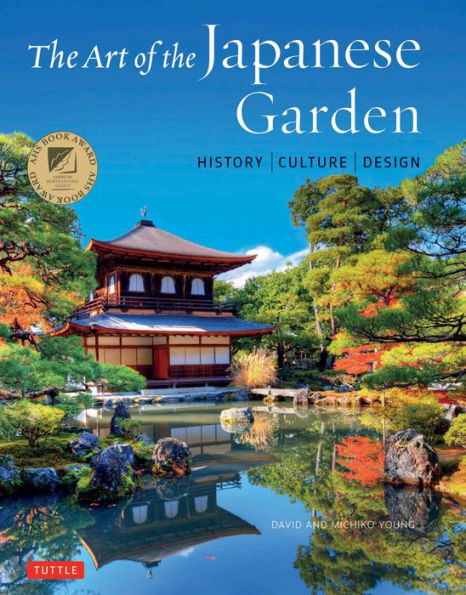Table of Contents
Japanese Gardens: An Overview 8
The Development of the Japanese Garden 10
Basic Elements And Principles 14
Rocks, Sand and Gravel 16
Walls, Fences and Paths 20
Ponds, Waterfalls and Bridges 24
Decorative Elements 28
Islands, Hills and Pavilions 32
Flora and Fauna 36
The Changing Seasons 42
Behind the Scenes 44
Japan's Most Notable Gardens 48
Early Graveled Courtyard Gardens 50
Ise Jingu Shrine 52
Horyuji Temple 56
Heian Style Shinden Gardens 60
Daikakuji Temple 62
Ninnaji Temple 66
Heian Shrine 70
Heian Style Buddhist Gardens 74
Sanzenin Temple 78
Byddoin Temple 82
Joruriji Temple 86
Zen Temple Gardens 88
Tenryuji Temple 92
Kinkakuji Temple 96
Ginkakuji Temple 100
Ryoanji Temple 104
Daitokuji Temple 108
Samurai Warrior Gardens 112
Nishi Honganji Temple 114
Nijo Castle 116
Tea Gardens 118
Kotoin Temple 120
Urakuen Teahouse Garden 124
Edo Period Gardens 126
Katsura Rikyu 130
Sento Gosho and Shugakuin Imperial Gardens 134
Suizenji Jojuen 138
Ritsurin Koen 142
Kenrokuen 146
Okayama Korakuen 150
Three Tokyo Stroll Gardens 154
More Recent Gardens 158
Two Meiji Era Gardens 160
Two Modern Gardens 164
Japanese Gardens Outside Japan 170
Modern Residential Gardens 174
Acknowledgments and Photo Credits 176



